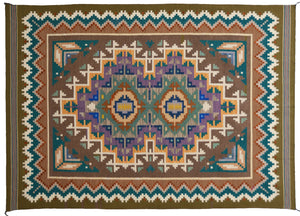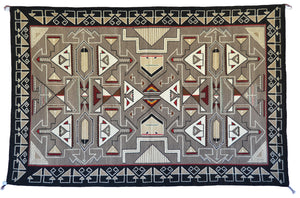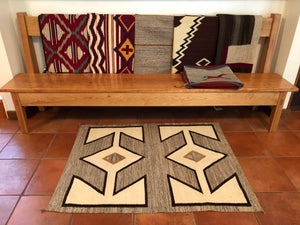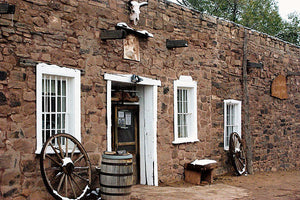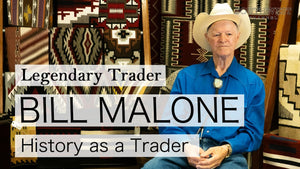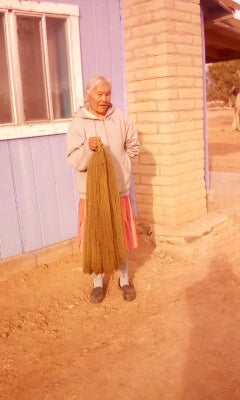Inter-Tribal & Santa Fe

This is one of many weavings that will be finished up and ready for judging at the Gallup Inter-Tribal All Indian Ceremonial We will be posting the entries on our website soon, so you will get the first viewing of the special weavings to be judged! Stay Tuned !!
Steve will be in Santa Fe August 15-21 if you will be there, just call him to set up an appointment to view the weavings he will bring.Below is a little history about the Gallup Inter-Tribal All Indian Ceremonial and Indian Market in Santa Fe..
INTER-TRIBAL CEREMONIAL AND INDIAN MARKET
Later this month, New Mexico will truly be the center of the Native American art world.
Two events will be drawing thousands of spectators and artisans alike during the month of August. In Gallup, it’s the Inter-Tribal Ceremonial which runs from August 11 th through the 14 th .
Then, a week later attention shifts to Santa Fe for the renowned Indian Market, August 20 th -21 st .
Both events are in their 95 th year but while they highlight Native American culture there’s also some differences.
The Inter-Tribal is just that, with more than 40 different tribes represented. While it’s primarily members of southwestern tribes from New Mexico and Arizona, others are from around the U.S., Canada and Mexico.
Gallup is itself the perfect place for the Inter-tribal, with about 43% of the local population being Native Americans, primarily Navajo, Hopi and Zuni. While it started in the early 20’s it wasn’t so much about preserving the culture as it was to lure in automobile tourists to Gallup instead of crossing the West through other routes. Mike Kirk, who had a trading post about 20 miles west of Gallup worked with the Kiwanis Club and Chamber of Commerce to make this happen, getting some land from the Santa Fe Railroad who also wanted to see more people travel. By 1931, local businesses and civic groups were joining in, and earlier that year the Gallup Lions, Rotary and Kiwanis clubs sent out thousands of pieces of literature to other clubs throughout the country, asking for it to be handed out at weekly meetings. By 1939 the state legislature designated the Inter-Tribal Ceremonial a state institution, with attendance now in the thousands.
What started first as a tourist-oriented affair soon grew into an event focusing on Native American arts, crafts, music and culture. Now, most of the events in Gallup are held at Red Rock State Park. The atmosphere is more like a homecoming and family reunion combined, with plenty of family events, a parade, a rodeo, dancing, music, and of course lots of food.
You can also think of this as almost a county fair for the different tribes with all the competitions. But, instead of entries for the best quilt or largest pumpkin, the focus is pure art created by Native Americans. Dazzling displays of paintings, jewelry, pottery, photography and textiles, specifically woven rugs. This is where the artistry created by Master Navajo weavers truly shines with vivid colors and stunning, complex patterns.
Thousands of non-Indians as well come to take it all in, to learn more from the Native American cultures and to admire, and perhaps buy some of the art on display here. The Executive Director for the Inter-Tribal Ceremonial expects about 50,000 spectators during the four day event.
A week later, thousands will be descending on the galleries, Central Plaza and nearby streets of Santa Fe, as the Santa Fe Indian Market opens. Run by the Southwestern Association for Indian Arts, the organization calls it the largest and most prestigious intertribal fine art market in the world. Looking at the competing pieces which often change hands afterwards for thousands of dollars, it’s truly a place to see the best of the best in textiles, jewelry, pottery, basketry and more. It’s unique, premium art with an edge, literally the cutting edge of these ever evolving art forms.
Several different groups were involved in the beginning of this first-class event. A political action organization formed by a group of women and the Museum of New Mexico focused on establishing and protecting human rights for the Indian population in the state. First called “Indian Fair” it was created in 1922 by the Museum of New Mexico as part of the Santa Fe Fiesta. The museum continued as a sponsor until 1926, and the last Indian Fair was in 1931.
In 1936, the New Mexico Association on Indian Affairs took over and modeled it on Mexican village outdoor markets, running on Saturdays in the summers with artists expected to sell their own work under the Palace of the Governor’s portal. This evolved in the Fiesta Indian Markets until 1962. But, there were problems with how it was set up and declining prize money amounts.
Things started changing and turning around later in the 1960’s. It was pottery that really started the boom, with more and more people coming to meet the artists and potters who gathered. The Southwestern Associations for Indian Arts says Indian Market overtook the Inter-Tribal Ceremonial in 1970 “as the premier Indian Art Show.”
Booths now number several hundred, with over a thousand artists. Total prize money now totals $90,000 going to artists, art fellowships and mentoring workshops. It’s not about just competition, buying and selling, however. Indian Market It’s a platform for these Native American artists to introduce their unique talents to the world while building relationships with collectors and other artists. On their website, the chief operating officer for SWAIA speaks of how the artists’ works are tied to their cultural identity.
In both events, there are plenty of winners, and not just those taking home ribbons and prize money. It’s all the artists who win, as they push their talents to higher levels and make new connections. It’s the collectors and fans of the different art forms who win, as they’re exposed to what’s truly the best of the best. And, it’s the cultures of these different tribes who win, as the excitement and ingenuity in new creations carries the art forward. And…who knows what could be sparked from this year’s Inter-Tribal Ceremonial and Santa Fe Indian Market? You’ll have to come see it for yourself, to get a glimpse of the future of Native American art and artistry.
Back to Nizhoni Ranch News Blog
- fiverr fiver

